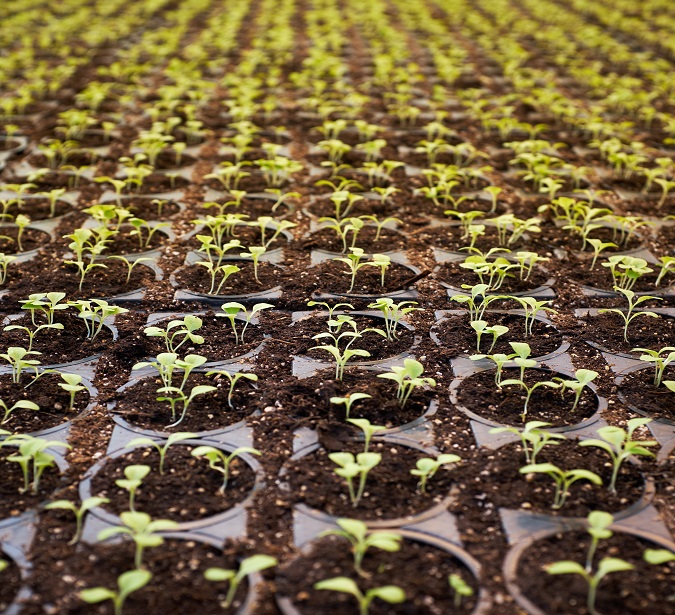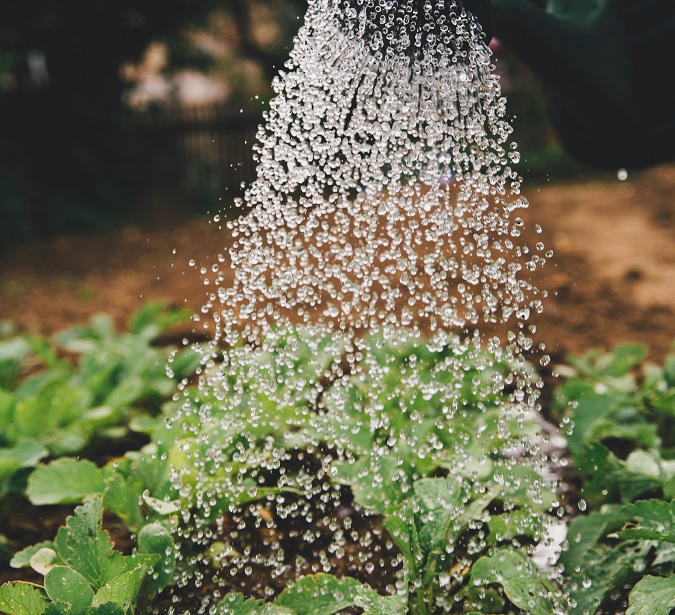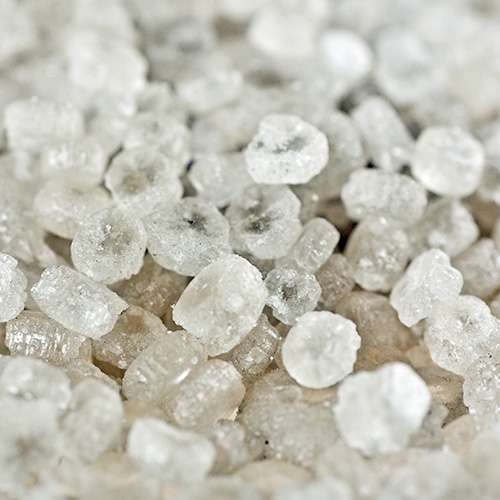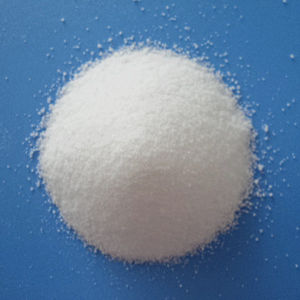We supply whatever you want
Fertilizers
FERTILIZERS DEPARTMENT

Since we opened our doors, Haltic Fertilizer & Chemical group has been one of the most dependable suppliers of industrial and agricultural chemicals in the industry. Because we operate our own suppliers with production lines, we have the ability insure that our products meet the highest quality standards. We are also capable of producing specialty products that fit your individual needs.
Our goal is to make Haltic Fertilizer & Chemical an international leader in chemical supplies. While Middle East is our current base of operations, we are excited about taking on new challenges across the globe.
At Haltic Fertilizer & Chemical group, we pledge to continually improve our operational structure in order to insure that our products meet our own high standards. We believe that we have amassed the necessary resources and talent to become the global leader in agricultural and industrial chemicals.
We work very hard to provide our customers with quality products at a great price. Some of our popular products include Ammonium Sulfate, Ammonium Chloride, and Urea.
NEED FERTILIZERS?

To grow healthy crops full of nutrients, farmers need to ensure they have healthy soil. Without fertilizers, nature struggles to replenish the nutrients in the soil.
When crops are harvested, important nutrients are removed from the soil, because they follow the crop and end up at the dinner table. If the soil is not replenished with nutrients through fertilizing, crop yields will deteriorate over time.
Careful analyzing and fertilizing of crops enables a chain that provides humans with nutritional food:
- The nutrients feed the soil
- The soil feeds the plants
- Plants feed animals and people
The three most common mineral fertilizers are those based on nitrogen, phosphorus and potassium.
The International Fertilizer Association (IFA) estimate that 85% of the soils globally are deficient in nitrogen(1). 73% of the soils are deficient in phosphorus, whereas 55% lack potassium.
USED FOR?
Often, the plants have few possibilities to avoid nutrient deficiencies without the help of fertilizers.
Take nitrogen for example: Since plants are not capable of absorbing it from the air directly, the soil is their only means of acquiring this important nutrient. If the soil is low on nitrogen, fertilizers are needed to boost nutritional levels.
Large concentrations of potassium sources occur deep below the soil surface (often around one kilometer) and are far beyond the reach of plant roots. Mining of potassium brings this naturally occurring nutrient to the soil surface and within the grasp of plant roots. Phosphorus exists in certain rocks, but for plants to access this nutrient, it needs to be water soluble. The correct use of phosphorus fertilizers helps plants absorb it through the soil and ensures a high production and rapid growth.

AMMONIUM SULPHATE?

Ammonium Sulphate AS 21, as a spring-time fertilizer, may be used under all cultivated plants: winter and spring crops, economic and root plants, on grassland and in cultivation of vegetables and fruit cultures. It is particularly recommended for early-spring fertilization of crucifer plants (rape, oil-yielding rape, mustard, cabbage, cauliflower, cabbage turnip), leguminous plants, potato, onion, leek, garlic and horseradish. It is recommended that Ammonium Sulphate AS 21 be used first prior to sowing or crop treatment, to be mixed with soil or for top dressing before expected rain. On account of its hygroscopicity, Ammonium Sulphate AS 21 may be mixed immediately before spreading with ammonium nitrate, PODLIDAP®, POLIFOSKA® and POLIMAG® S, and with potash salt, provided that the fertilizers are dry.
AMMONIUM CHLORIDE?

Ammonium chloride, abbreviated as “chlorinated ammonium”, also known as brine sand, is a quick-acting nitrogen chemical fertilizer with a nitrogen content of 24% to 25%, which is a physiological acid fertilizer. It is suitable for crops such as wheat, rice, corn, rape, etc., especially for cotton and linen crops, which has the effect of reinforcing fiber toughness and tension and improving quality. Because of the nature of ammonium chloride and if it is not applied properly, it will often bring some adverse effects to the soil and crops, but as long as the correct method is applied, the crops can grow up. NH4Cl Look at this external formula, we can know that there is one NH4+ and one Cl-, the former has N, the latter has Cl-, and the application to the soil is of course either to provide Cl- or to provide NH4+. However, according to the general view of China, only NH4+ is provided, which is then absorbed by plants and converted into amino groups for use by plants. Therefore, the role of ammonium chloride is to provide the N element.
UREA PRIL?

Urea is produced from a reaction between ammonia and carbon dioxide. Urea 46% in the forms of Prill and granule is one of our major activities. Haltic Group has the ability to supply urea fertilizer in the shortest time and with the best price from petrochemicals in the world.
Prill fertilizer is usually softer than granular. Usually the size of pearl is between 1 up to 2/4 mm but Granule is between 2 up to 4 mm. The physical structure of urea fertilizer is the key factor to its mechanical and physical properties such as flow ability and avoidance of caking, while thermal and chemical properties are unlikely to be affected.The results confirm that both prilled and granulated urea are of a very similar composition and thermal characteristics (melting point). The only key difference between them is the internal structure of granules which is the fundamental key to their mechanical properties.The strength measurement show granulated urea have a higher strength as their prominent size and internal structure, while prills performed weaker strength having the small size.